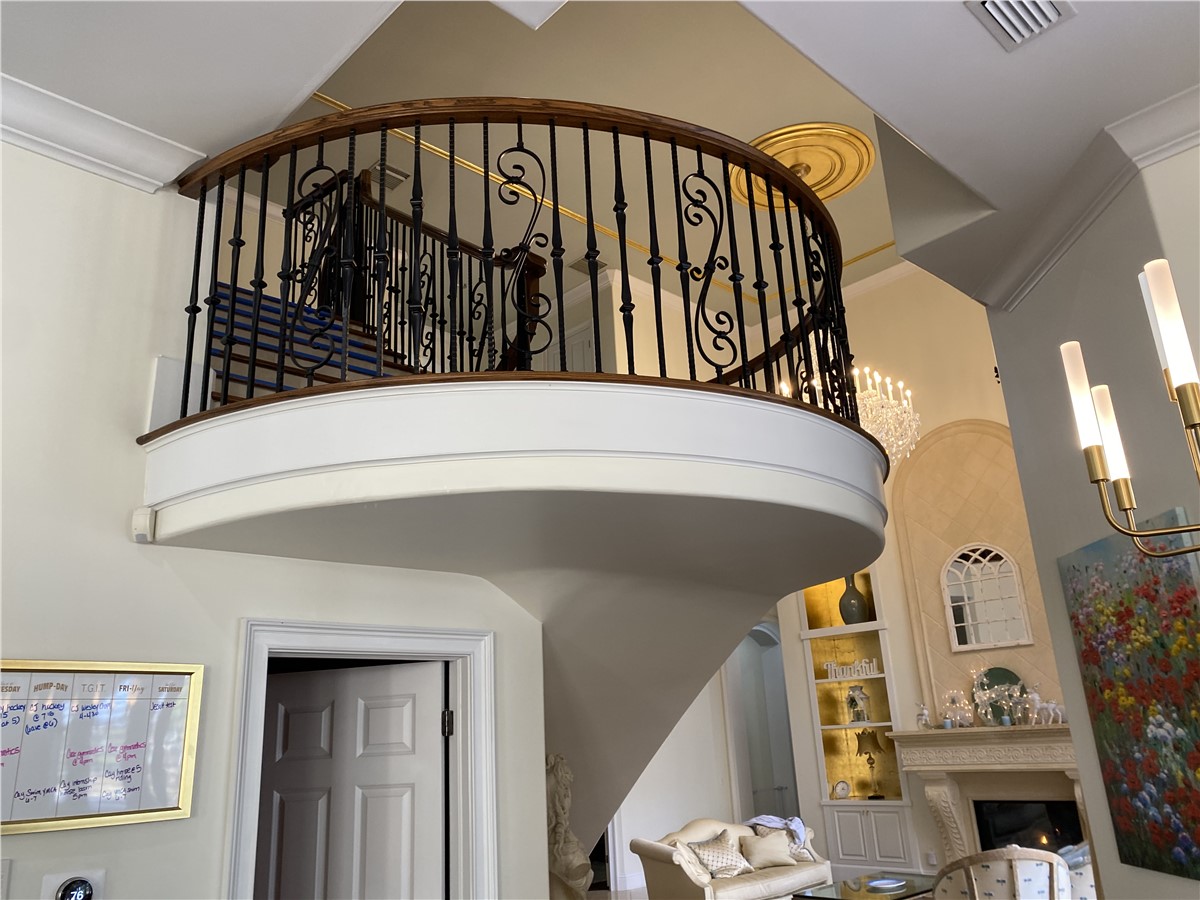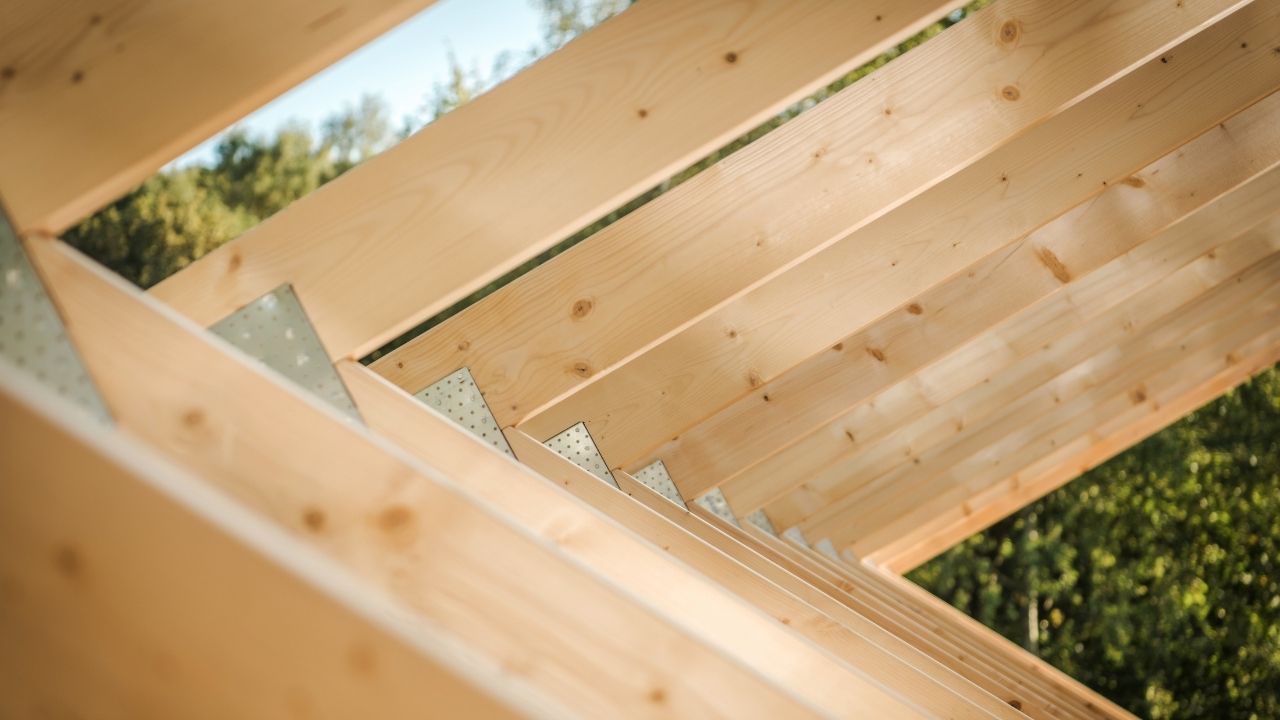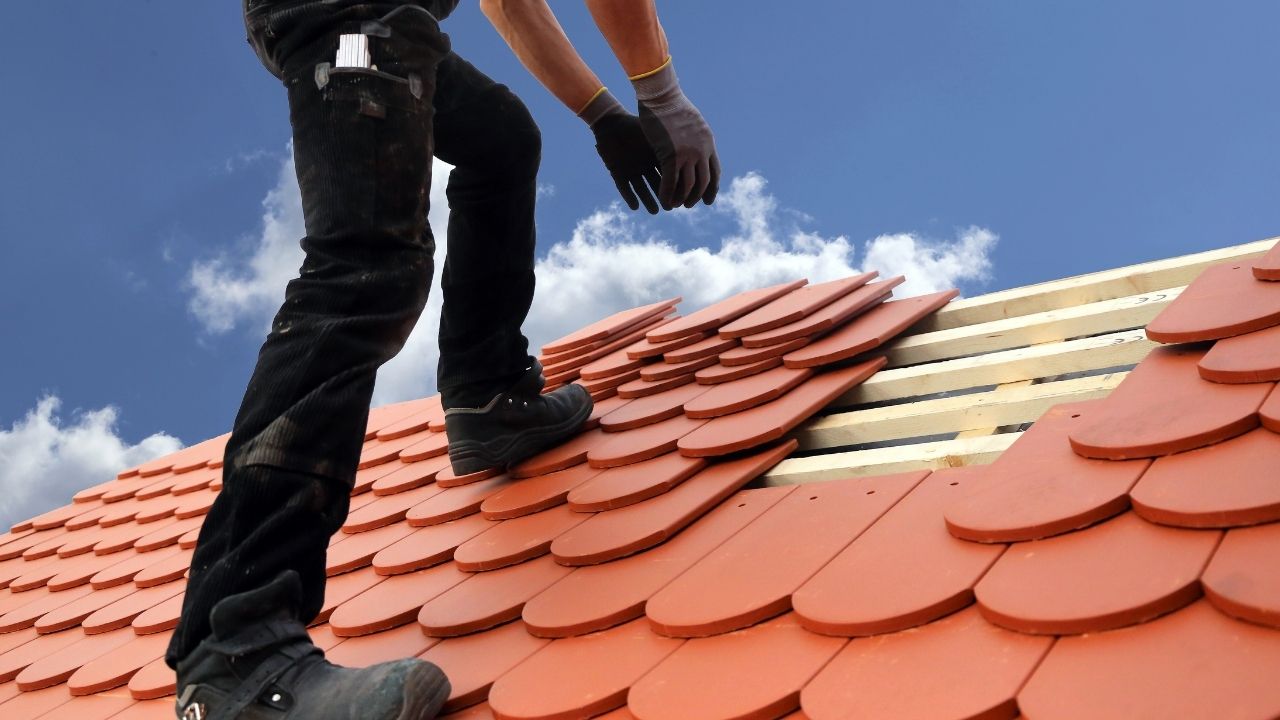
The eave is an area of a roof that extends outward from a home's side. The eaves used to be invisible, but they are now considered decorative. Their main purpose is to keep rainwater and snow off of the roof and away from the walls. They are useful in traditional New England cape homes and farmhouses.
Many functions can be performed by the eave. The eave keeps rainwater off walls, protects buildings from flooding, and helps reduce splatter. The eave is filled with a horizontal soffit, which is fixed at a right angle to the wall. The eave provides protection from the elements and reduces wind load on the roof. Because it can increase the roof's weight, an eave must be designed for the local winds.

The eave has other functions, too. It prevents water from entering the building, and it also prevents leaks from entering the building. It provides shade to the windows, which helps maintain comfortable indoor temperatures. The eave should be placed so that sunlight can enter the home in winter, and the summer sun is blocked. It can also help define the architectural style of a home. An Italianate house will have a broad eave. A ranch style house might have a narrower one.
The eave on a home is a crucial part of the roof, so it's important to pay special attention to this part of the house. The eave will make or break your home's appearance, no matter if you're building or renovating. It protects your house from the elements and rain. It is a great addition to any home when installed properly. It keeps water out.
The roof's most important component is the eave. It runs from roof rafters to exterior walls. Fascia boards, rafters, and fascia boards are able to support the roof tiles. Additionally, eave board can protect the rafters against the elements. It is crucial to locate your eave when building a new house. The eave could be dangerous if it isn't properly secured.

Another important component of a home is the eave. Without an eave the house could become prone to water damage. An eave protects the home against the elements as well as the harsh sun. An eave can protect your home from the harsh sun if you live in subtropical areas. It also protects the interior architectural features against heat and moisture.
An important part of a building is its eave. Without it, buildings can become vulnerable to water damage. A soffit will protect your walls from the elements. This type is also called a soffit. Besides protecting the outside of the house, an eave is also an excellent place to install guttering. You have many options when it comes to the style of your eave.
FAQ
Do I require permits to renovate a house?
Yes. Before you start any home improvements project, permits are necessary. In most cases, you will need a building permit and a plumbing permit. A zoning permit is also required depending on the type and extent of work you are performing.
Can I rent a dumpster?
Yes, you can rent a dumpster to help you dispose of debris after completing your home renovation. Renting out a dumpster is an excellent way to keep your yard tidy and free from debris.
What time does it take to finish a home remodel?
It all depends on the project's size and how many hours you spend each week. The average homeowner spends between three to six hours per week on the project.
Is it better to hire either a general or subcontractor?
Hiring a general contract is typically more costly than hiring subcontractors. General contractors often have many employees and charge clients high labor costs. A subcontractor on the other side only employs one person, so he/she charges less per-hour.
Is it better for floors or walls to be done first?
It's important to know what you want to accomplish before you start any project. It is important that you think about how and who you want to use the space. This will help you choose flooring or wallcoverings.
Flooring may be an option if you are planning to make an open kitchen/living room. Wall coverings are an option if you prefer to keep this space private.
Is there anything I could do to save on my home renovations?
It is possible to save money by doing the work yourself. One way to save money is to try and reduce the number people who are involved in the remodeling process. You can also find ways to reduce costs for materials during the renovation.
Statistics
- They'll usually lend up to 90% of your home's "as-completed" value, but no more than $424,100 in most locales or $636,150 in high-cost areas. (kiplinger.com)
- A final payment of, say, 5% to 10% will be due when the space is livable and usable (your contract probably will say "substantial completion"). (kiplinger.com)
- The average fixed rate for a home-equity loan was recently 5.27%, and the average variable rate for a HELOC was 5.49%, according to Bankrate.com. (kiplinger.com)
- It is advisable, however, to have a contingency of 10–20 per cent to allow for the unexpected expenses that can arise when renovating older homes. (realhomes.com)
- ‘The potential added value of a loft conversion, which could create an extra bedroom and ensuite, could be as much as 20 per cent and 15 per cent for a garage conversion.' (realhomes.com)
External Links
How To
How do I plan a whole-house remodel?
Planning a home remodel takes planning and research. Before you start your project, there are many factors to consider. You must first decide what type home improvement you want. There are many categories that you could choose from: kitchen, bathroom or bedroom; living room or dining room. After you decide which category you want to work on, figure out how much you can afford to spend on the project. If you do not have any previous experience in working with homes, it is best that you budget at least $5,000 per bedroom. If you have experience, you may be able to manage with less.
Once you've determined the amount of money you can spend, you need to decide how large a job you want. If your budget only allows for a small renovation of your kitchen, you will be unable to paint the walls, replace the flooring or install countertops. On the other side, if your budget allows for a full renovation of your kitchen, you'll be able do just about any task.
Next, you need to find a contractor who is experienced in the type project that you want. This will ensure you get quality results and save you a lot of hassle later. After you have selected a professional contractor, you can start to gather materials and supplies. You may need to purchase everything from scratch depending on the size and scope of your project. However, there are plenty of stores that sell pre-made items so you shouldn't have too much trouble finding everything you need.
Now it's time for you to start planning. To begin, draw a sketch of where you would like to place furniture or appliances. Next, design the layout of your rooms. Be sure to leave enough room for electric outlets and plumbing. Make sure to position the most visited areas close to the front door. Visitors can also easily access them. Final touches to your design include choosing the right colors and finishes. Avoid spending too much on your design by sticking to simple, neutral colors and designs.
Now that your plan is complete, it's time you start building! Before you begin any construction, make sure to verify your local codes. While permits are required in some cities, homeowners can build without one in others. Before you can begin construction, remove any walls and floors. Next, you'll need to lay plywood sheets in order to protect your new floors. Next, you'll attach the wood pieces to the frame of your cabinets. Finally, attach doors and windows.
You'll need to finish a few final touches once you're done. You will likely need to cover exposed wires and pipes. To do this, you'll use plastic sheeting and tape. It's also a good idea to hang mirrors and photos. Keep your work area tidy and clean at all times.
These steps will ensure that you have a beautiful and functional home, which will save you tons of money. Now that you have a basic understanding of how to plan a house remodel, it's time to get started.